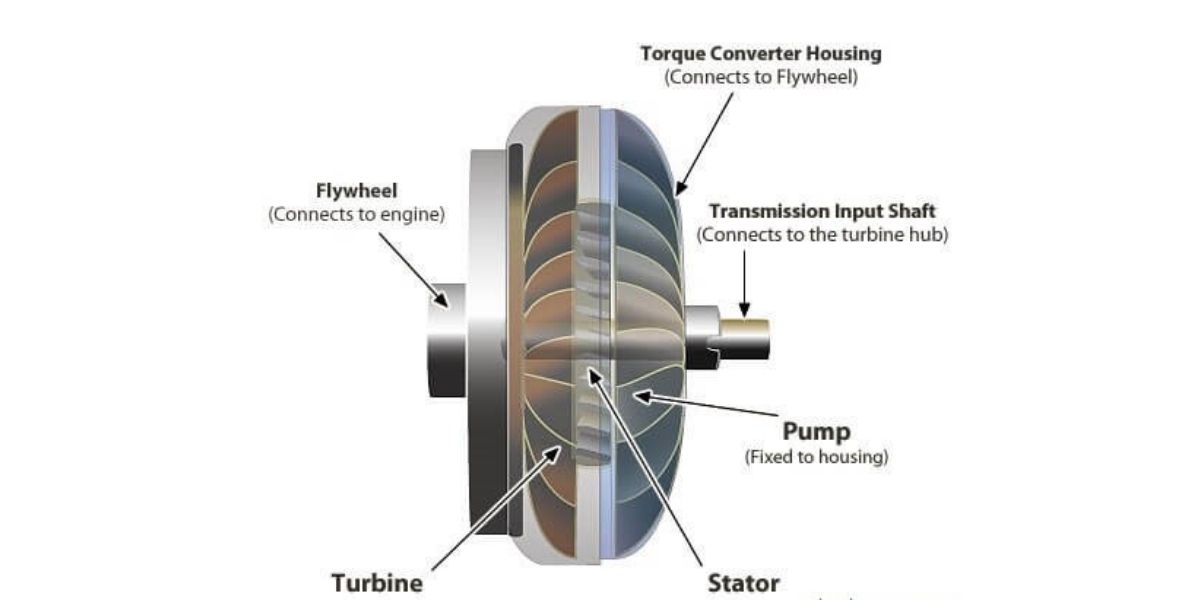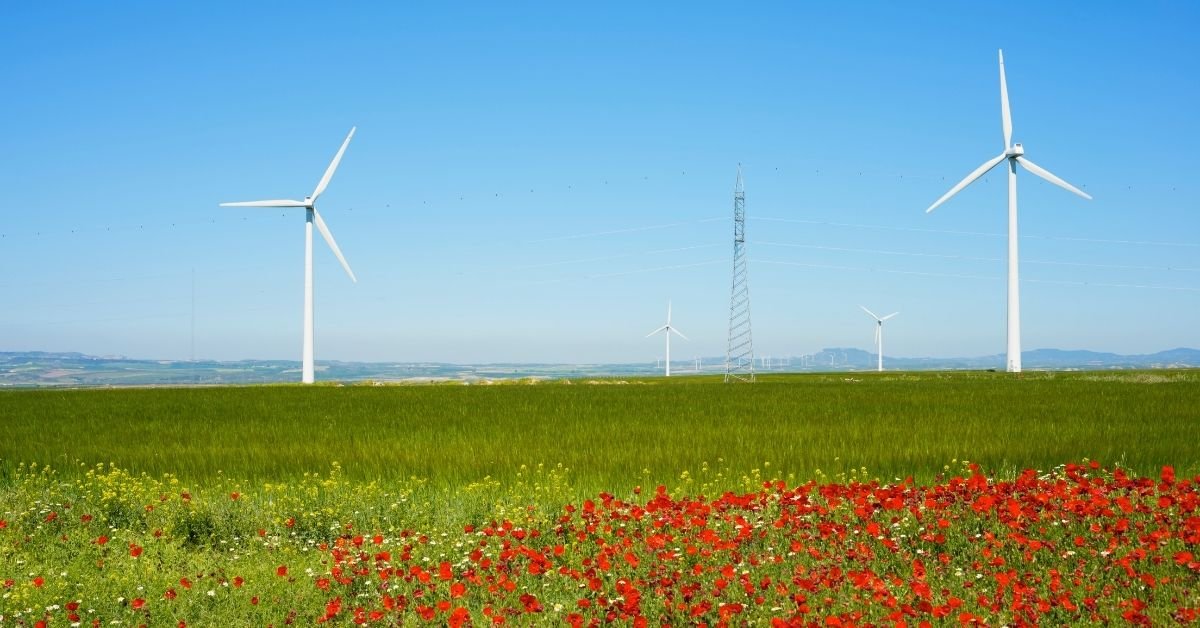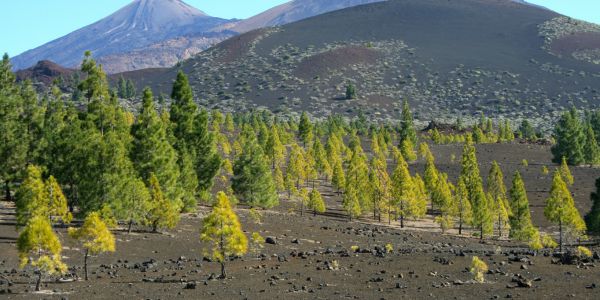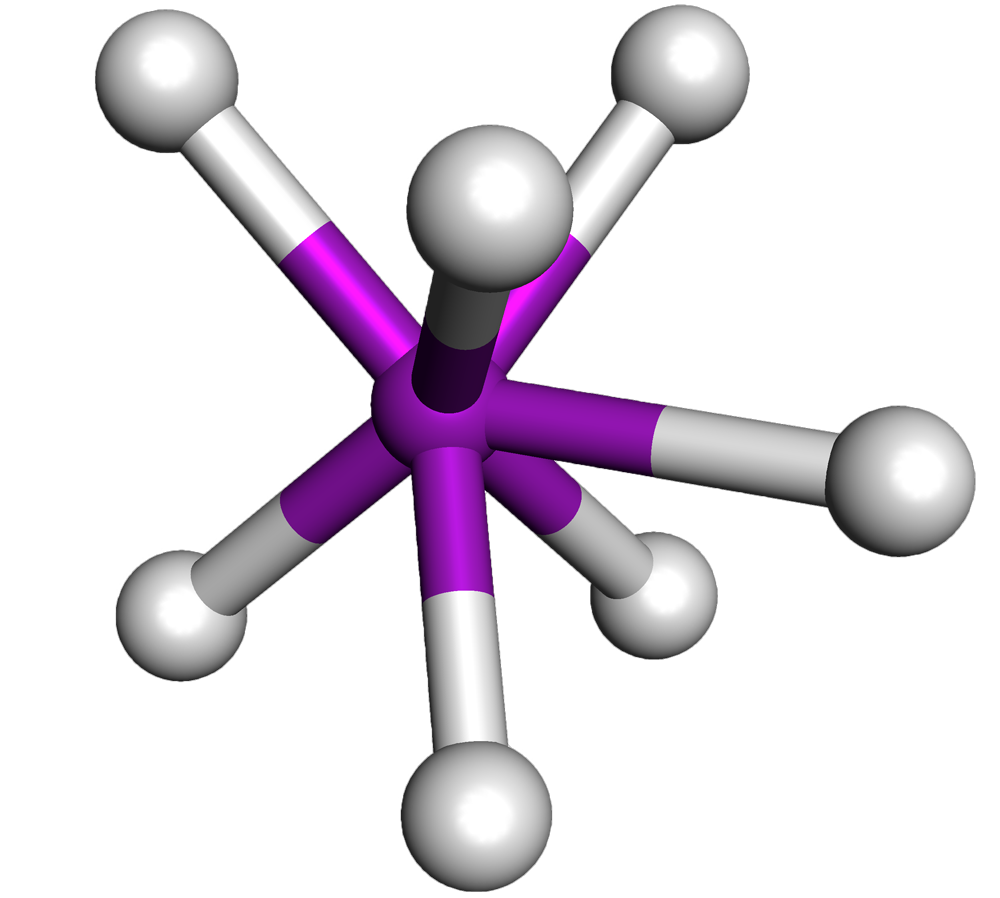Table of Contents
Volcanic ash, contrary to what the name suggests, is not the product of combustion, as is the ash left over from a campfire. Instead, it’s a fine, powdery rock material produced during explosive volcanic eruptions. The importance of understanding volcanic ash stems from its impact on ecosystems, human societies, and economies.
Formation of Volcanic Ash
When magma (molten rock beneath the Earth’s surface) rises towards the surface, the decrease in pressure causes any dissolved gas to expand. This gas-driven explosion can fragment the magma into tiny pieces, which, when ejected into the atmosphere, solidify and fall back to the ground as volcanic ash. This ash can be comprised of:
- Tiny rock fragments
- Minerals
- Volcanic glass shards
The size of ash particles typically ranges from less than 2 millimeters to less than 0.063 millimeters in diameter.

Distribution and Deposit
The distribution of volcanic ash depends on several factors:
- The intensity of the eruption: A more powerful eruption will eject ash higher into the atmosphere and spread it over a larger area.
- Wind patterns: Prevailing winds can carry volcanic ash hundreds to thousands of kilometers away from the volcano.
- Particle size: Finer ash particles remain suspended in the atmosphere longer and are transported further than larger particles.
This ash can accumulate and form layers that can be used to interpret past volcanic activity.
Impacts of Volcanic Ash
Volcanic ash can have a wide range of impacts, affecting both natural environments and human-made infrastructures:
- Health: Fine ash particles can be inhaled deeply into the lungs, potentially causing respiratory problems. Additionally, the ash can irritate the eyes and skin.
- Infrastructure: Ash can cause roofs to collapse due to its weight, especially when it becomes wet. It can also contaminate water supplies and damage electronics.
- Air travel: Flying through volcanic ash can damage aircraft engines, making air travel hazardous during and after major eruptions.
- Agriculture: Ashfall can damage crops and decrease yields. However, in the longer term, the minerals contained in ash can enrich soils.

Economic Impact
The disruption caused by volcanic ash can lead to significant economic losses. For instance, the eruption of Eyjafjallajökull in Iceland in 2010 disrupted air travel across Europe, leading to billions of dollars in losses for the airline industry. Further, regions heavily dependent on agriculture can face significant economic challenges if crops are damaged.
Significance in Earth’s History
Layers of ash, preserved in the geologic record, provide key information to geologists and paleontologists. These ash layers, or tephra layers, serve as time markers that can be used to date and correlate sedimentary rock layers across different regions. Some ash layers have been instrumental in dating critical events, such as mass extinctions or ancient climate shifts.
Volcanic Ash uses
Volcanic ash, while often considered a nuisance or even a hazard during and immediately after eruptions, has various practical uses. The benefits derived from volcanic ash span numerous industries and applications. Here are some noteworthy uses:
Agriculture:
Soil Amendment: The minerals found in volcanic ash, such as iron, calcium, magnesium, and potassium, can improve soil fertility. This ash can neutralize acidic soils, making them more conducive for plant growth.
Pesticide: The fine, abrasive nature of volcanic ash can deter certain pests.
Construction:
Cement and Concrete: Some types of volcanic ash, when mixed with lime, can produce a type of cement called pozzolan. Roman concrete, famous for its longevity, used volcanic ash as a critical ingredient.
Bricks and Ceramics: Volcanic ash can be an ingredient in making bricks and ceramics, giving them unique properties.
Cosmetics and Skincare:
Exfoliant: The fine particles can be used as a gentle exfoliant in skincare products.
Mineral Baths: In some cultures, volcanic ash is used in mineral baths, believed to possess therapeutic properties.
Health:
Therapeutic Mud Baths: Volcanic ash is sometimes used in mud baths for its believed healing properties, especially for certain skin conditions.
Dental Abrasive: In some places, volcanic ash has historically been used as a mild abrasive in toothpaste.
Cleaning Agents:
Abrasive Cleaning: The fine, gritty nature of volcanic ash can make it a suitable abrasive for cleaning.
Art:
Pottery and Glass: Volcanic ash is sometimes used in the production of specialty pottery and glass, giving them distinct appearances and textures.
Filtration:
Water Purification: The porous nature of some volcanic ash materials can be utilized in filtering impurities from water.
Scientific and Industrial:
Abrasive Blasting: In specific scenarios, volcanic ash can be employed in abrasive blasting operations.
Geopolymers: These are materials that are sometimes used as a sustainable alternative to Portland cement. Volcanic ash can play a role in their formulation.
Study and Research: Volcanic ash layers are of immense importance in geology, archaeology, and paleontology. They help date and correlate strata and archaeological sites.
While volcanic ash offers several uses, it’s essential to note that not all types of ash are suitable for all purposes. The composition and granularity of the ash determine its suitability for various applications.
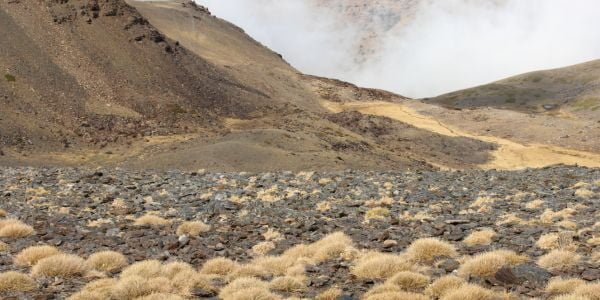
Volcanic ash, while a natural byproduct of our planet’s dynamic processes, plays a significant role in shaping ecosystems, impacting economies, and providing clues about Earth’s history. The study and understanding of volcanic ash are not just of academic interest but are crucial for mitigating its impacts on our modern world.
Also, read 3D Reverse Engineering



